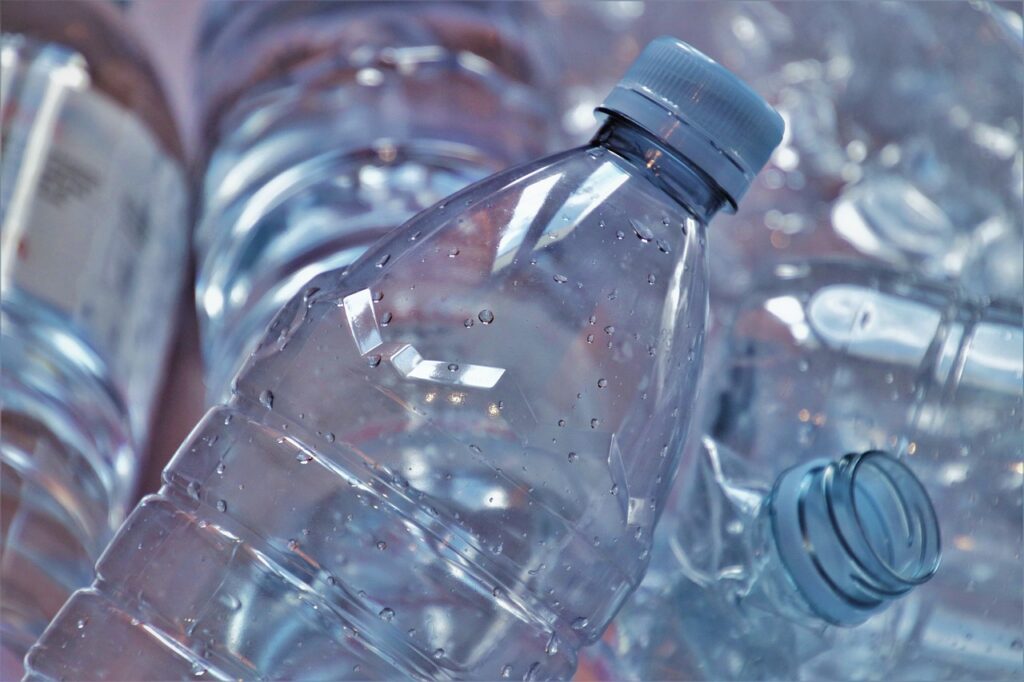As the world grapples with the escalating challenges of climate change, pollution, and biodiversity loss, a critical yet often overlooked factor emerges: plastics. From their ubiquitous presence in our daily lives to their far-reaching impacts on ecosystems and the environment, plastics are intricately linked to these three interconnected crises.
Climate Change: A Hidden Contributor
Plastics are not just a waste management issue; they are a significant contributor to climate change. The production of plastic materials is energy-intensive, relying heavily on fossil fuels. According to the United Nations Environment Programme (UNEP), the plastic sector could account for up to 1.8 gigatons of greenhouse gas emissions annually by 2030 if current trends continue. Furthermore, the degradation of plastics in the environment can release potent greenhouse gases like methane, exacerbating climate change.
Pollution: A Growing Crisis
The pollution caused by plastics is a pressing environmental concern. Every year, an estimated 11 million metric tons of plastic waste enter the oceans, harming marine life and ecosystems. Microplastics, which are tiny plastic particles, have been found in the most remote areas of the planet, including the Arctic. Research indicates that these pollutants not only threaten aquatic organisms but also enter the human food chain, posing health risks. The World Economic Forum highlights that if plastic pollution continues to rise, by 2030, there could be more plastic than fish in the ocean.
Biodiversity Loss: A Threatened Web of Life
The impact of plastics extends into the realm of biodiversity. Marine and terrestrial species are increasingly at risk due to plastic pollution. Sea turtles, birds, and marine mammals often ingest plastic debris, mistaking it for food. The UNEP reports that plastic pollution is one of the top threats to biodiversity, alongside habitat destruction and climate change. The loss of species disrupts ecosystems, affecting food webs and leading to further declines in biodiversity.
Interconnected Solutions
Addressing the triple crisis requires an integrated approach that acknowledges the role of plastics. Reducing plastic production and consumption, improving waste management systems, and promoting alternatives are vital steps. Innovations such as biodegradable materials and circular economy models can mitigate the impacts of plastics on the environment.
The evidence is clear: plastics are a significant and multifaceted challenge that intertwines with the global crises of climate change, pollution, and biodiversity loss. To forge a sustainable future, we must confront the plastic problem head-on. By recognizing plastics as a common thread, we can develop holistic strategies that address not just plastic pollution but the broader environmental issues that threaten our planet. This is the challenge that awaits negotiators at the Global Plastics Treaty discussions in Busan, Korea at the end of the year.
About The Author
You may also like
Govt Says No Conclusive Data Relating Deaths to Pollution
Parents, Activists Protests at India Gate as Air Turns Toxic
Top court allows ‘green firecrackers’ in Delhi on Diwali with conditions
CPCB should help industry meet green norms: Environment Minister
Noise pollution from trains hit surrounding homes, exceed limits by 85%

